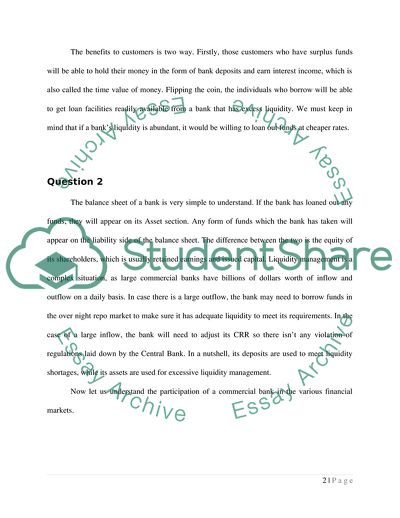Financial Markets and Risk Coursework Example | Topics and Well Written Essays - 1000 words. https://studentshare.org/finance-accounting/1752022-financial-markets-and-risk
Financial Markets and Risk Coursework Example | Topics and Well Written Essays - 1000 Words. https://studentshare.org/finance-accounting/1752022-financial-markets-and-risk.


